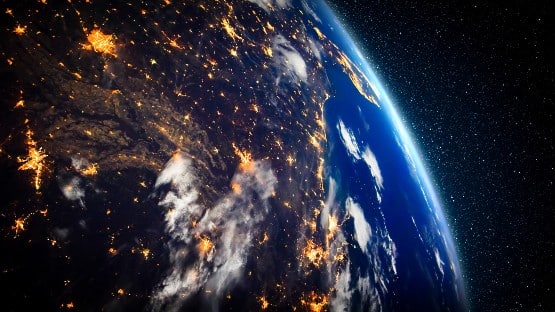
The United States Environmental Protection Agency and the Department of the Army announced today the final revised definition of “Waters of the United States.”
The new definition serves as an appropriate reset of the Trump Administration’s dangerous rollback of longstanding clean water protections and is an important step toward protecting clean water in America. With the new definition, limits are established “that appropriately draw the boundary of waters subject to Federal protection.” And the new definition notes that this does not mean activity cannot take place in “Waters of the United States.” It means the activity must not violate the Clean Water Act.
“Recent rollbacks of clean water protections left countless communities and ecosystems in danger,” Director of Legal Advocacy for the National Wildlife Federation Jim Murphy said in a press release. “While there is still much work to be done to ensure all Americans have clean water, the EPA’s new rule will help protect the streams, wetlands, rivers and lakes people and wildlife depend upon from pollution and other threats. We thank EPA administrators for their efforts to safeguard the nation’s waters.”
The rule, according to a press release, is effective 60 days from publication by the Federal Register.
Revision of the definition was necessary for relevant provisions to the Clean Water Act of 1972, relevant Supreme Court case law and the technical expertise of both agencies after more than 45 years of implementing the pre-2015 definition of “Water of the United States.”
The agencies considered the best available science and extensive public comment in revising the definition so that public health, environmental protection, agricultural activity and economic growth are supported in the U.S. Feedback was reviewed from states, tribes, local governments and stakeholders through consultations, pre-proposal meetings and webinars, according to a press release.
The EPA and Department of the Army signed a proposed rule to revise the definition on Nov. 18, 2021. Public comment period closed in February 2022.
Executive Order 13990, Protecting Public Health and the Environment and Restoring Science to Tackle the Climate Crisis directed the EPA and the Army “to immediately review and, as appropriate and consistent with applicable law, take action to address the promulgation of Federal regulations [including the Navigable Waters Protection Rule (NWPR)] and other actions during the last four years that conflict with these important national objectives.” The order also revoked the Feb. 28, 2017 Executive Order 13778, Restoring the Rule of Law, Federalism and Economic Growth by Reviewing the “Waters of the United States” Rule), which caused promulgation of the NWPR.
“The EPA’s new rule makes progress by restoring federal protections to at least some waterways,” Environment America Research & Policy Center Senior Clean Water Campaigns Director John Rumpler said in a press release Friday. “It officially cleans up the Trump administration’s Dirty Water Rule, which wiped out federal protections for thousands of waterways and nearly half of all wetlands across the country. The Trump rule provoked widespread public opposition and was criticized by the EPA’s own science advisors.”
According to Rumpler, securing the promise of the Clean Water Act means Americans must protect all streams and remaining wetlands from pollution.
Small streams help provide drinking water to millions of Americans. Wetlands filter out pollutants, provide vital wildlife habitat and protect our communities from flooding in a climate-changed world,” he said. “Regrettably, the EPA could not deliver fully on this promise today, as an extreme challenge to the Clean Water Act at the Supreme Court hangs like a sword of Damocles over the agency’s head. We will not rest until we counter that looming threat and all of America’s waterways get the protection they deserve.”










